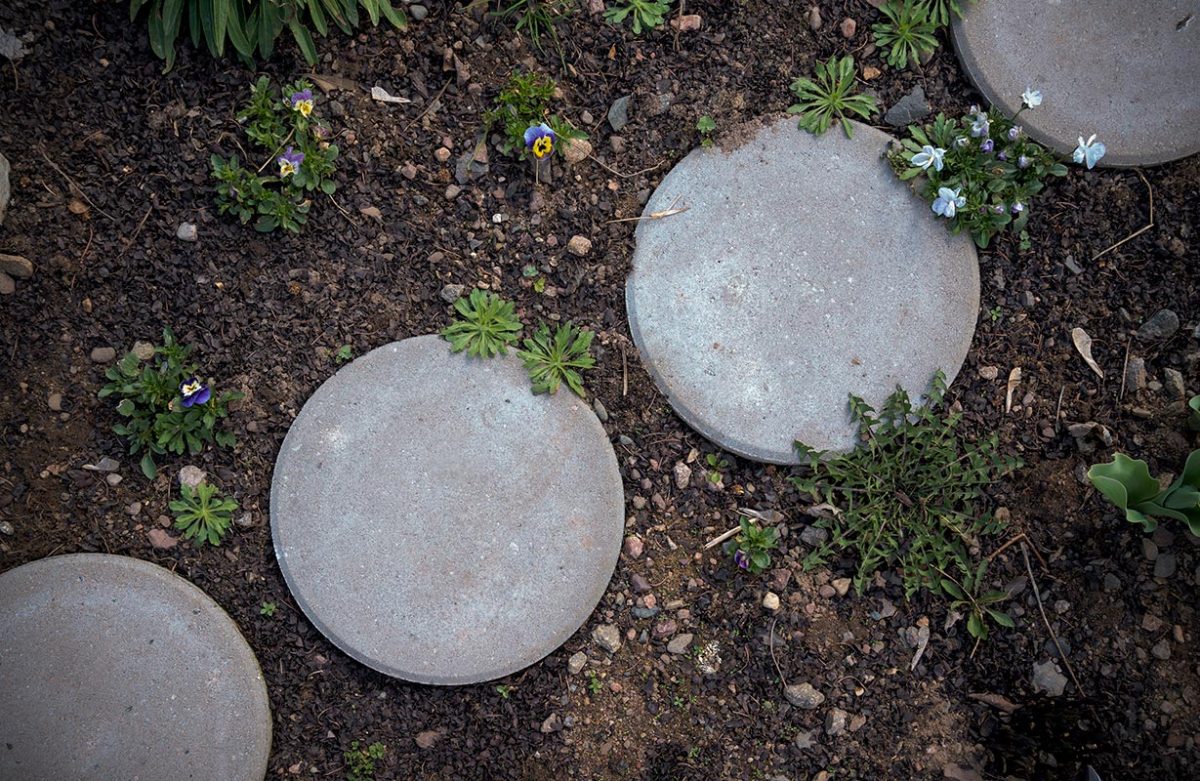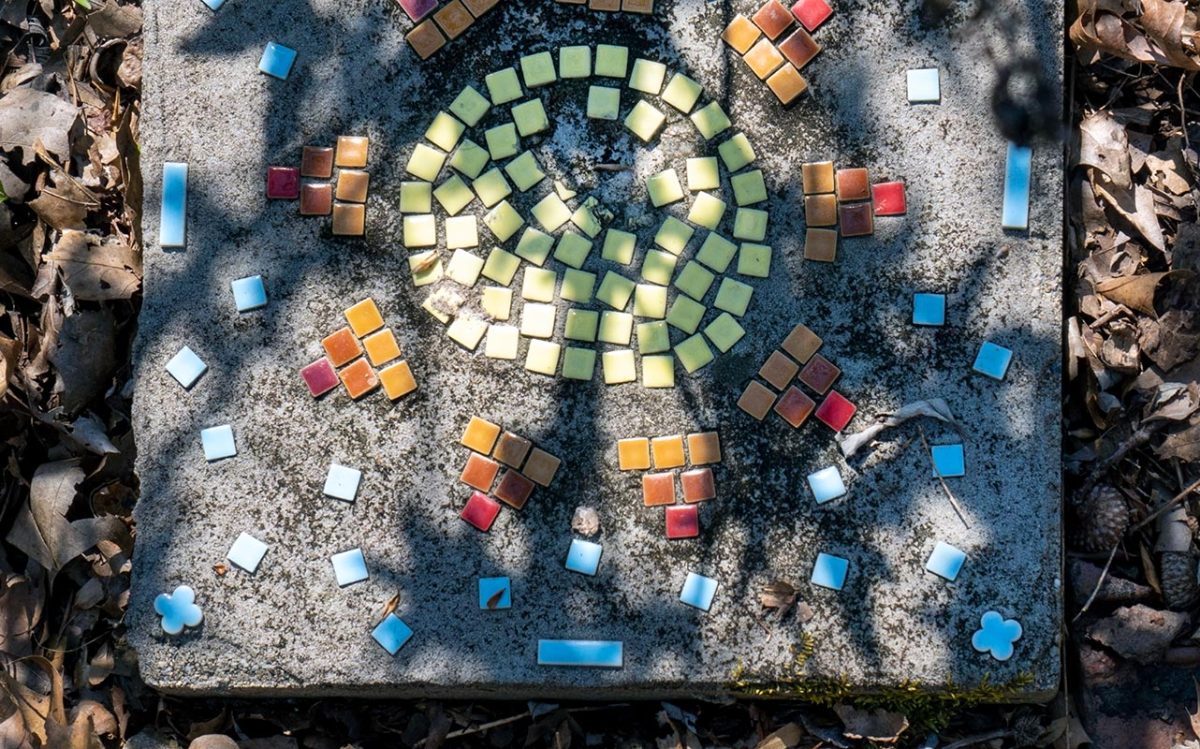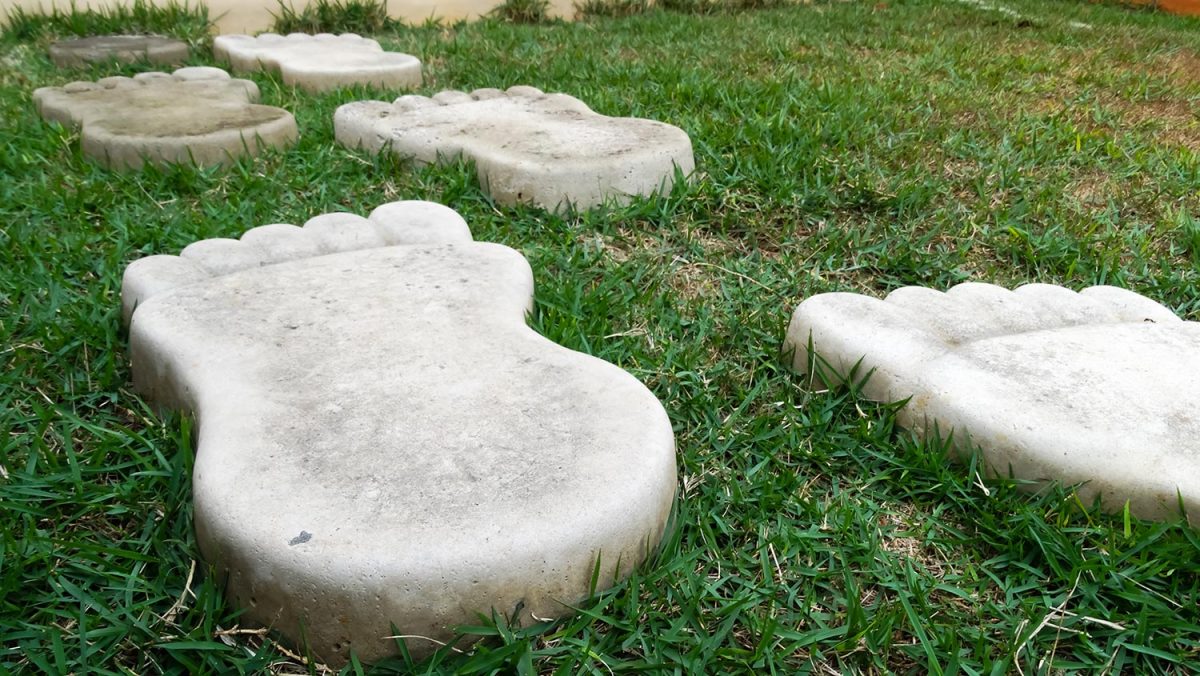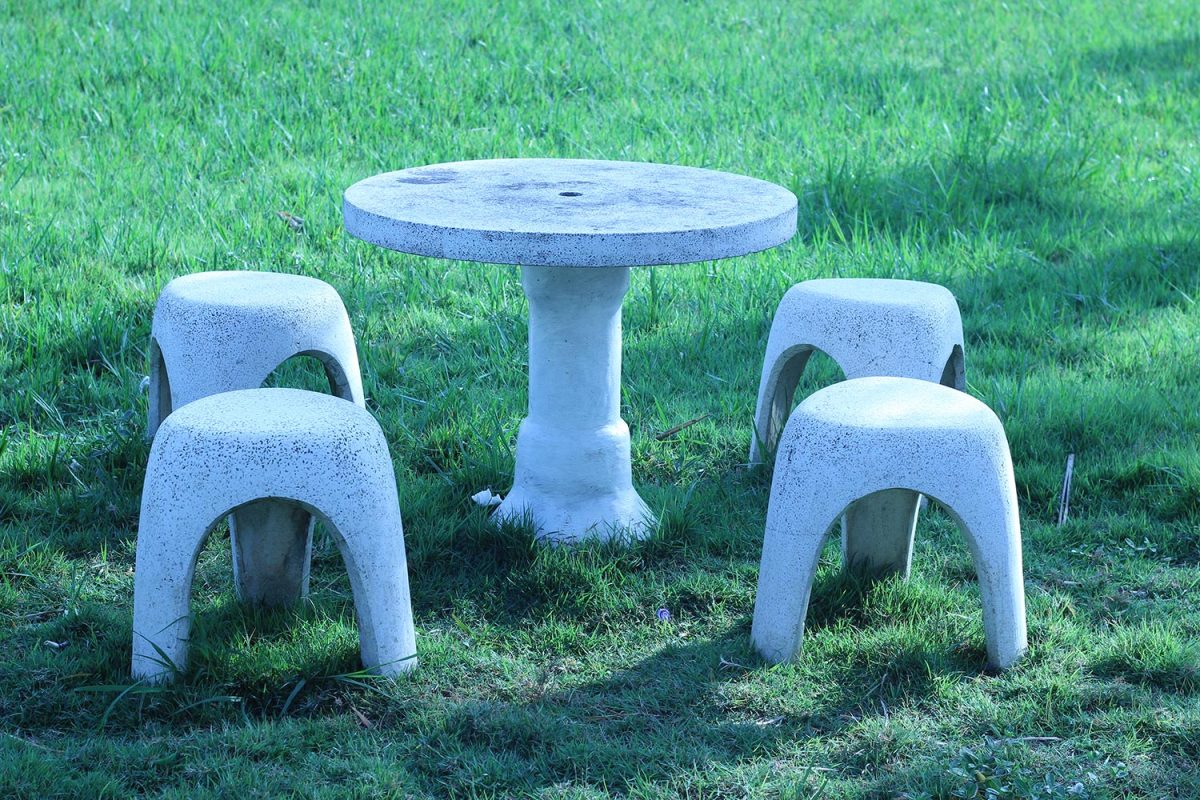Disclosure: We may get commissions for purchases made through links in this post.
You might be thinking of installing plaster stepping stones for your home, but you're worried about whether they will get slippery when wet. Worry no more! We conducted research on whether plaster stepping stones can get wet or not.
Yes, plaster stepping stones can get wet considering that they are commonly installed outdoors. They are also made of materials strong enough to resist impact. However, there are ways to increase its durability such as sealing or painting. Sealing can help preserve the stepping stones for longer. It also gives protection against stains and improves stability.
Follow these steps to seal plaster stepping stones:
- Pour sand on top of them or just along the stone's edges.
- Gently spill water along the edges.
- Apply sealant along the edges of each stone based on the product's instructions.
- Let the sealant dry and bury the edges in soil or rocks from the surroundings.
- Press the soil until the stone seems impossible to move. Leave the stepping stone for at least an hour.
- The sand and sealant will settle within an hour. The underside of stones will be bonded to the ground, making it firm when stepping.
We want our home to be good-looking at a low cost. Plaster stones are perfect for this since you can decorate with them. We've got more information about them, keep reading!
![Stepping stone pathway connected to a footbridge in the garden, Can Plaster Stepping Stones Get Wet? [And How To Seal Them]](https://pavingplatform.com/wp-content/uploads/2022/03/Can-Plaster-Stepping-Stones-Get-Wet-And-How-To-Seal-Them-e1647777265683-800x1200.png)
Other Ways To Seal Plaster
Aside from traditional sealing, you can also do other techniques such as the following:
Pouring Resin
Resin is composed of epoxy, wax, alcohol, and water. The mixture is then processed to make it stick firmly. When mixing your own resin, follow safety precautions or consult a professional because some of the chemicals are corrosive and may cause skin irritation.
See this epoxy resin on Amazon.
Painting
Plaster stones can be painted with acrylic, oil-based, or puffy paint. Sealing the plaster stones will protect their surface from water and moisture, as well as cold and hot weather.
See this oil-based enamel paint on Amazon.
Foaming
You may use an expanding foam sealant to secure the edges of plaster stones. The foam will settle quickly, enhancing the stone's firmness.
See this expanding foam sealant on Amazon.
What Is A Plaster Stepping Stone?

Plaster is typically made of lime, cement, and sand mixtures, and sometimes includes rubber dust. Stepping stones are used to add appeal to your lawn by deciding their shapes and designs.
Most homeowners install stepping stones to retain grass on the lawn, while others just want to be artistic. However, you can make plaster stepping stones for other purposes on your lawn if you desire.
How To Make Plaster Stepping Stones?

Prepare the tools you need. See the list below:
- Mortar mix
- Molding tray
- Oil spray
- Gloves
- Decoration
- Scraper
Once you have your tools and materials, proceed to these steps:
1. Prepare The Tray
Prepare the molding tray so it is at least three inches thick and 12 inches wide. A molding tray can be a plastic baking tray, a cake box, or any container you like. Just spray oil on the molding tray for hassle-free removal later.
2. Make The Mixture
Put on your gloves. Blend water and mortar mix, which is composed of lime, cement, and sand. Set aside the mixture.
See this mortar mix on Amazon.
3. Decorate
Place the decoration in the molding tray. You may use leaves, shells, stickers, or any creative design you want. Pour the mortar mixture onto the tray. Leave for at least a day.
See this decorative plaster stone kit on Amazon.
4. Enhance And Install
By painting them based on your preference, you have the option to alter the stepping stones' appearance into glossy, dry, or dark. After completing the steps, you can now install the plaster stepping stones on your lawn.
How To Properly Install Plaster Stepping Stones?

It's exciting to use stepping stones after making them yourself. See these steps to start the installation:
- Clean the surface by removing obstacles. Cutting the grass is optional if it suits your style.
- Dig at least half an inch below the ground to avoid accidents.
- Pour gravel into the hollow, then secure the stepping stone you created.
- Seal the stones based on the steps provided from the beginning.
- Install the next stepping stone at least eight inches apart.
You can decide how many stepping stones you want. Some homeowners make only one piece for the front door, while some create up to 15 pieces.
See this gardening tool set on Amazon.
How Long Do Plaster Stepping Stones Last?

If you did the installation correctly, plaster stepping stones could last for up to 25 years. It can withstand heat, pressure, and rain. But plaster can naturally change color due to the rich calcium minerals it contains. However, you can paint them with acrylic or latex to prevent them from dusting off.
Plaster Stepping Stones Indoors And On Concrete
It's a good idea to personalize your house by adding plaster stones indoors. But before doing so, you need to consider these factors:
- Consult an expert if you want stepping stones on higher floors, as these may cause the ceiling from beneath to collapse.
- Extreme forces can cause plaster stones to break, and the debris can cause wounds. But they are still considered safe for artistic experimentation. You just have to observe your children when they play or lift the plaster stones.
- Since there's no soil inside your house, stone fillers will act as stabilizers.
Installing plaster stones indoors and on concrete has the same steps. Rely on these steps.
- Dry out the surface.
- Apply the cement mixture as an adhesive.
- Place the plaster stone on top.
- Use stone fillers to keep them in place because you can't seal them.
You'll notice that plaster stones are different when installed indoors compared to outdoors. You may use plaster stones indoors and on concrete, but the cost may vary.
Are Plaster Stepping Stones Slippery?
Naturally, plaster stones are not slippery when wet. Plaster stones can resist moisture and are equivalent to concrete in terms of texture. However, algae may grow on plaster stones if you do not clean them, resulting in a slippery surface.
To prevent them from being slippery, consider these tips:
- Paint them to increase friction and reduce dust.
- Keep them out of liquid sources. Put them away from flower pots, wet appliances, and corrosive liquids to avoid early damage and discoloration.
- Mix them with other compounds, such as sand, to increase stability.
- Use a dry rug to keep them rough.
See this clear acrylic paint on Amazon.
How To Clean And Dry Plaster Stepping Stones?
Plaster stones are prone to dirt, specifically if they are white. Algae may accumulate on plaster stones, making them slippery and dirty. You can remove stains with non-bleach solutions or degreasers. You may also apply new paint to hide the discoloration.
Follow these cleaning and drying steps:
- Rinse the stone with lukewarm water.
- Scrub gently with detergent soap.
- Apply the cleaning solution, then rub until the stain fades.
- Rub with a dry cloth.
- Reapply the paint to blend the color.
To prevent discoloration, you may choose black, brown, or grey paint to conceal dust and changes in color. In addition, you can place them away from watery objects.
However, rain is unavoidable. Your stepping stones will still get wet, but you can follow the steps above to dry them out.
How To Prevent Stepping Stones From Sinking?
Stepping stones normally sink over time due to frequent stepping. Additionally, moisture that penetrates the ground can soften the soil, which may sink the stones.
Check out these tips to prevent stepping stones from sinking:
- Seal the edges.
- Avoid leaving heavy equipment on stepping stones.
- Spread sand all over the area to lessen moisture.
If these tips do not work, you can also remove the stone and increase the amount of gravel underneath.
Other Purposes Of Plaster Stones
Do not throw your extra plaster stones in the trash just yet. You can still use them for other purposes. See the list below:
Stairs
You can use plaster stones to build stairs. Plaster stones are easy to dry and can hold weights. However, it will require skilled workers to make stairs out of plaster stones.
Stone Furniture

Plaster stones can be sculpted into tables, benches, small chairs, and other furniture. You just have to paint them to reduce dust for safety. Remember to use the types of paint we've mentioned throughout this article.
Stones For Fireplace
Plaster stones are highly resistant to fire. You can use these to protect the walls from heating up. However, you still need professionals to guide you before using them on a fireplace.
Conclusion
Plaster stepping stones can certainly get wet. You just need to protect them by sealing and frequent monitoring. Be creative with your stepping stones and you'll have a more appealing view of the landscape.
Interested to learn about pavers? Visit our must-read articles:








![Vibrant Red Paver Stone Path, Can You Spray Paver Sealer? [How To Apply It]](https://pavingplatform.com/wp-content/uploads/2022/04/Vibrant-Red-Paver-Stone-Path-600x400.jpg)
![Properly laid out red pavers for a garden, Can You Tint Paver Sealer? [And How To]](https://pavingplatform.com/wp-content/uploads/2022/04/Properly-laid-out-red-pavers-for-a-garden-600x400.jpg)
